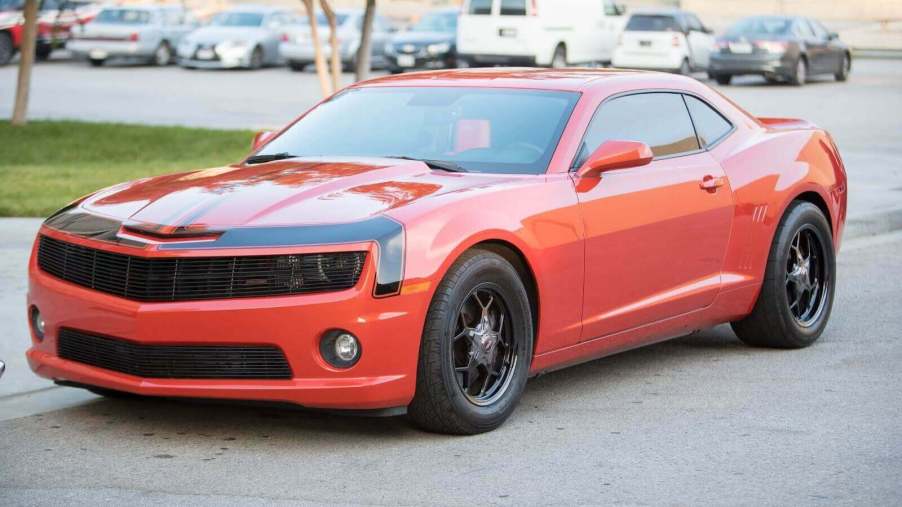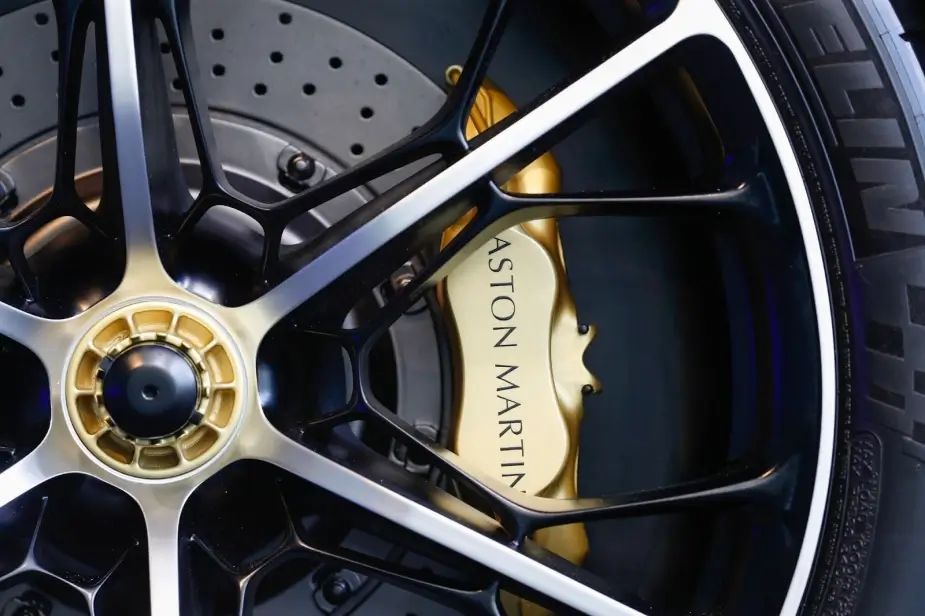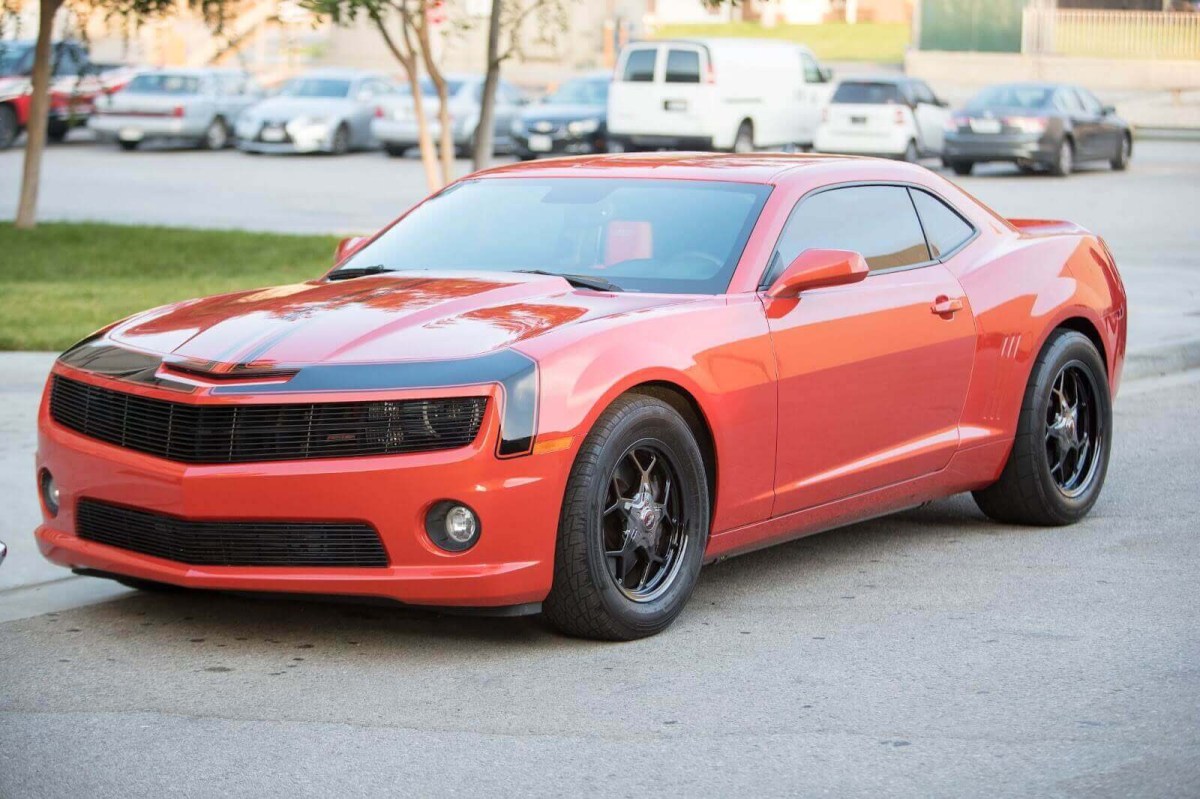
Find the Right Wheel Size for Your Project Car
When looking to transform the look and feel of your car, new wheels are one of the easiest changes you can make. But when you get into the numbers, finding the right wheel size can be tricky. The truth is, most of the work you’ll do upgrading your wheels will come before you turn a wrench. Only once you’ve done the research can you call Capital One and tell them no, that charge wasn’t fraud – you really did just spend $3,500 on the internet.
Calculating the right wheel size for your car
While the flurry of numbers you’ll find when researching wheels can be tricky, there are just five numbers you need to remember. The first is the hub arrangement. For example, a five-lug wheel and 112 mm arrangement will be 5×112. This measurement is different from brand to brand and in some cases, even among vehicles from the same company.
The next number you’ll need to know to find the right wheel size is the center bore. This measures the diameter of the cutout in the center of your wheel. This part slides over the hub and keeps your wheel centered. In many cases, you may need a hub centering ring to make an aftermarket wheel fit your hub, as most wheels feature a larger center bore than you’ll need. This makes it easy for a wheel to fit multiple vehicles, but it will mean more work for you in the end.

The third and fourth numbers determine the overall size of your wheel. For example, an 18” x 8.5” is an 18-inch wheel that is 8.5 inches wide. Wider wheels can fit wider tires, which offer more grip. However, wheels that are too wide may not fit under the fenders or worse yet, could rub on suspension components.
Finally, we get to offset, which is where your wheel mounting point sits versus the centerline of the wheel. Looking from the top down, a positive offset pushes the mounting point toward the outside of the car. Meanwhile, a negative offset does the opposite. Choose a more negative offset for wheels that push further outward. And if you’re trying to tuck your wheels under the fenders, you may want a more positive offset figure.
Offset is a key measurement in finding the right wheel size. It determines the wheel’s relationship to the hub, which is a major factor in how a new wheel will look.
Once again, determining offset is a factor of both your vehicle and your tastes. Those who want wheels flush or tucked into the fenders will choose a more positive offset than someone who wants their wheels to poke.

Start with OEM numbers
When determining what you want your wheel offset to be, you must first know the setup that is currently on your vehicle. Let’s say your current wheels are 17 x 7.5 with a +46 offset, and your wheels are tucked 1 inch inside the fenders. You know you want to eliminate that inch of tuck to get a more flush fitment. There are a few ways to attack this, starting with wheel width.
You’d need a two-inch wider wheel to make up that entire gap on wheel width alone. While 9.5-inch wheels are available, they are both expensive and heavy, hurting performance and efficiency. Instead, choose an 8.5-inch wheel with more negative offset. Instead of the stock +46 offset, you can opt for a number closer to +36 to make up the rest of the difference. This has the effect of pushing the wheel toward the outside of the vehicle by 10mm, giving you a more flush fit without having to choose ultrawide wheels.
Measure, then measure again
Whatever you’re working with, take measurements of your stock setup before you buy. Figure out the inset from the fender to the wheel face and the distance from the back of the wheel to suspension components. That will let you know how much bigger your wheel size can be. Then, find the correct offset to get the proper fitment.



